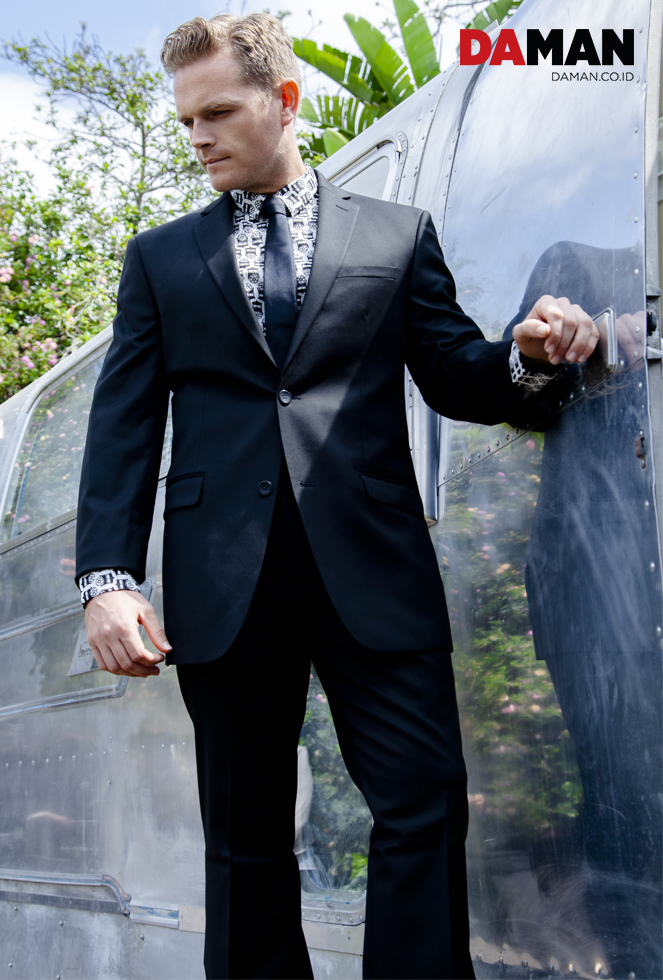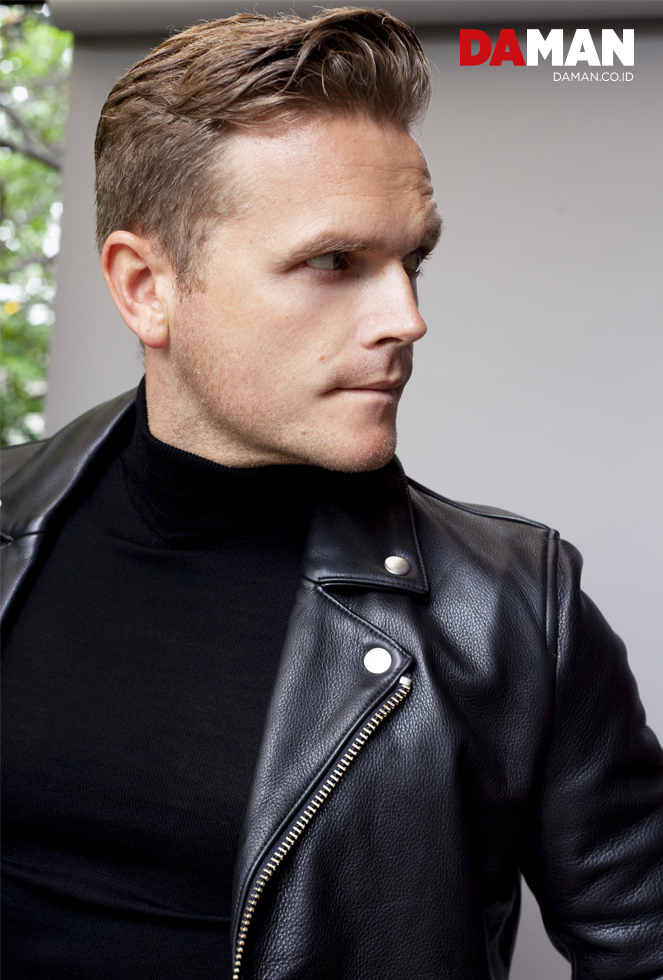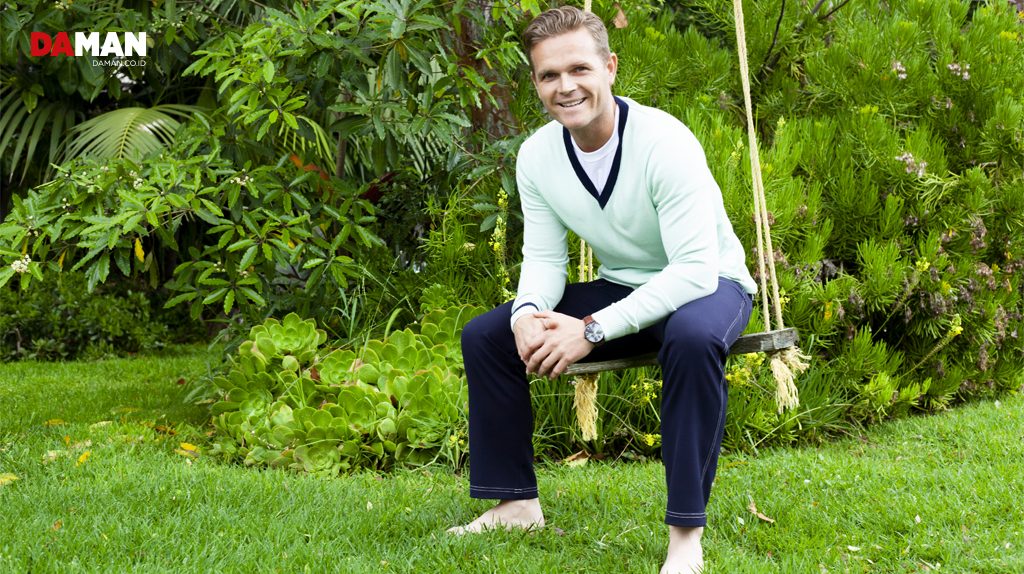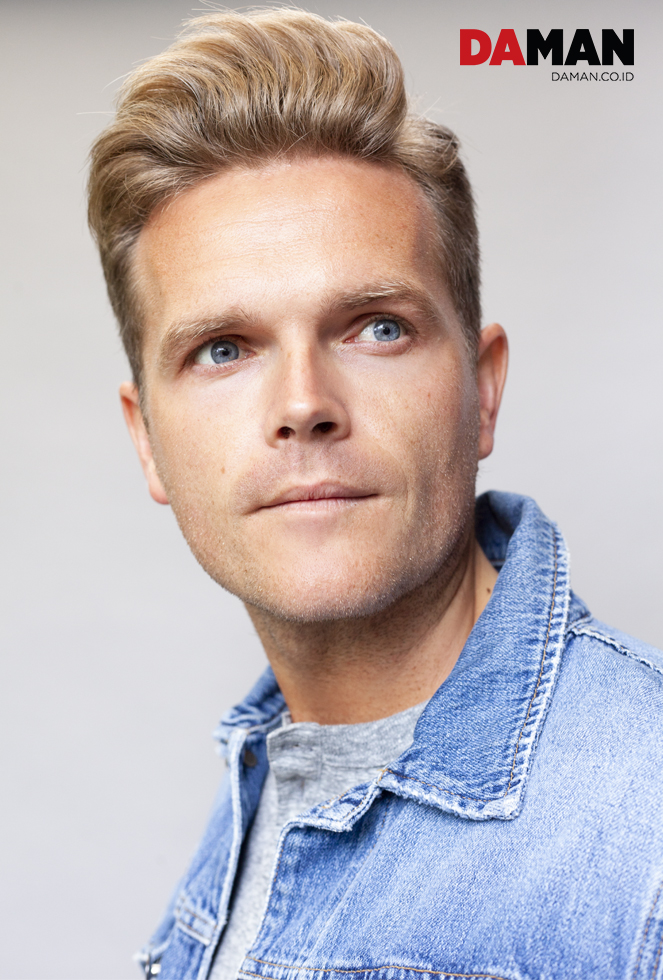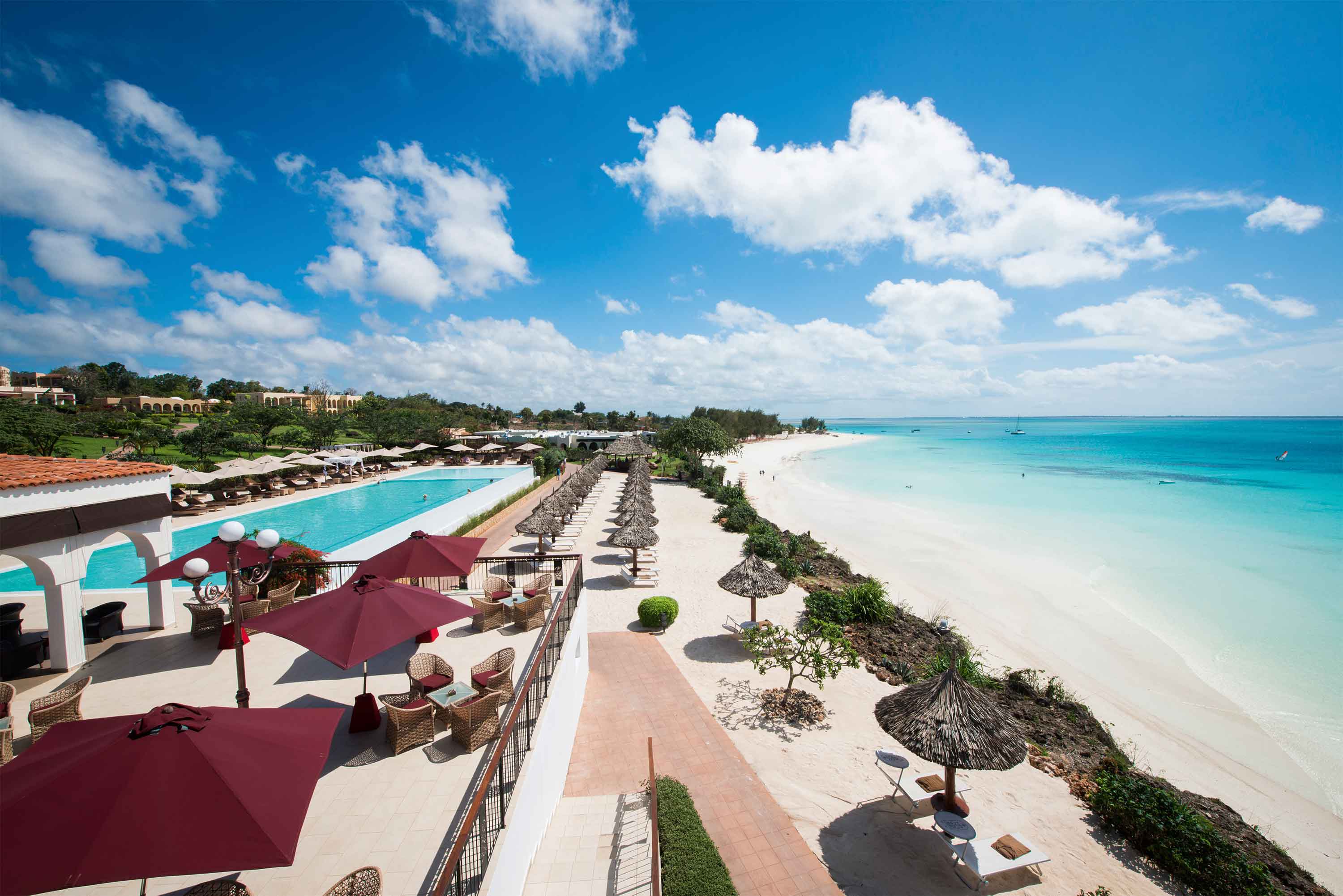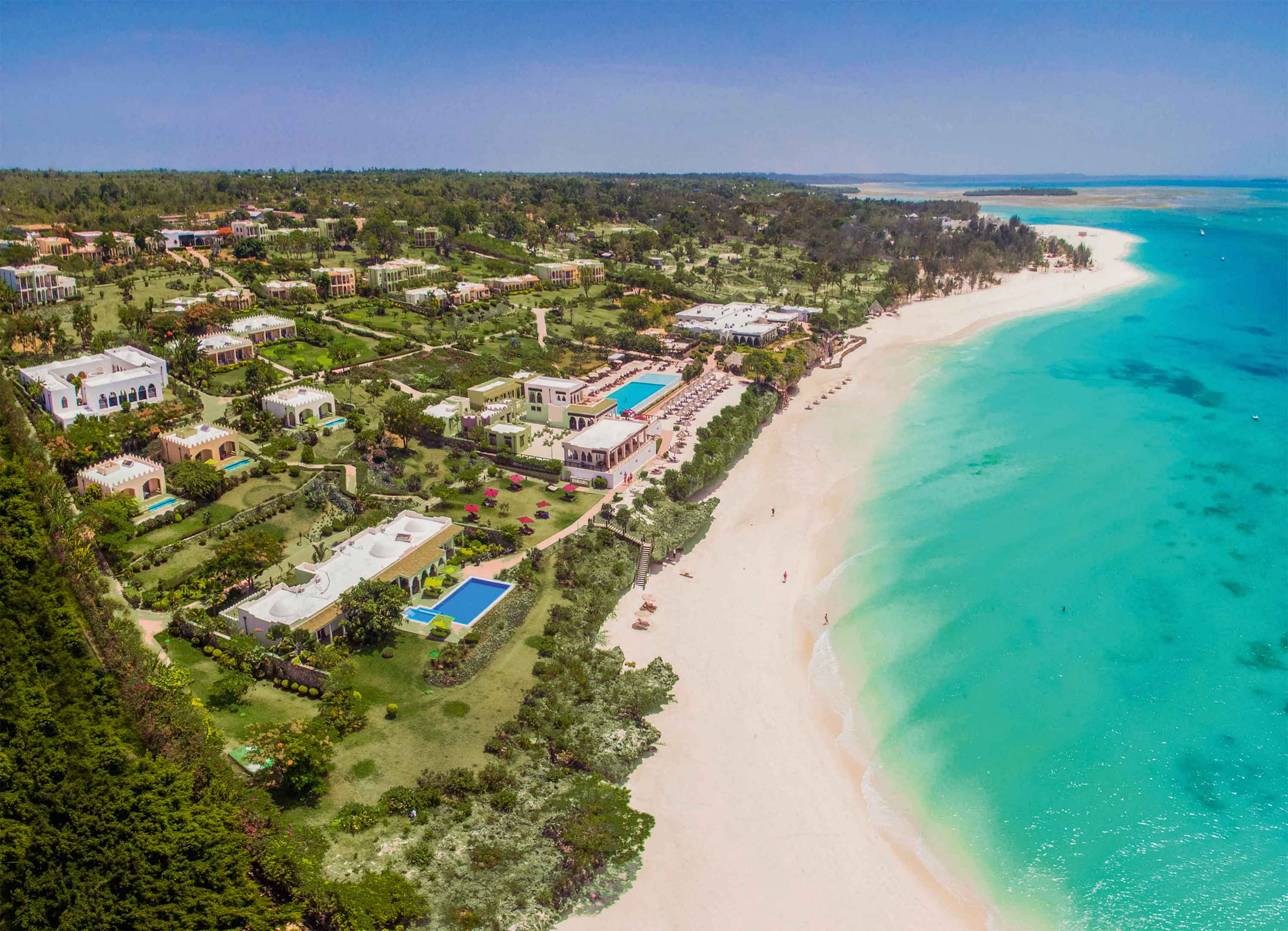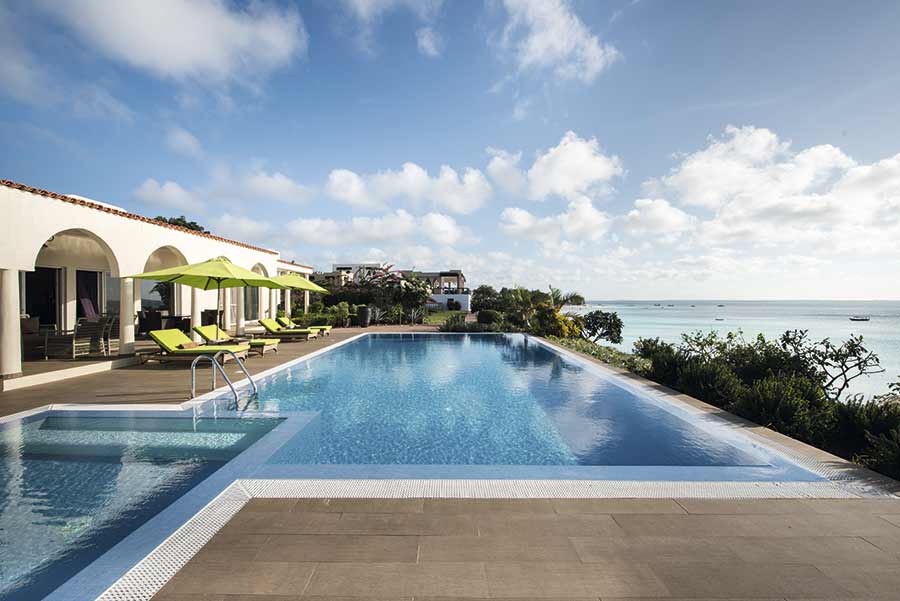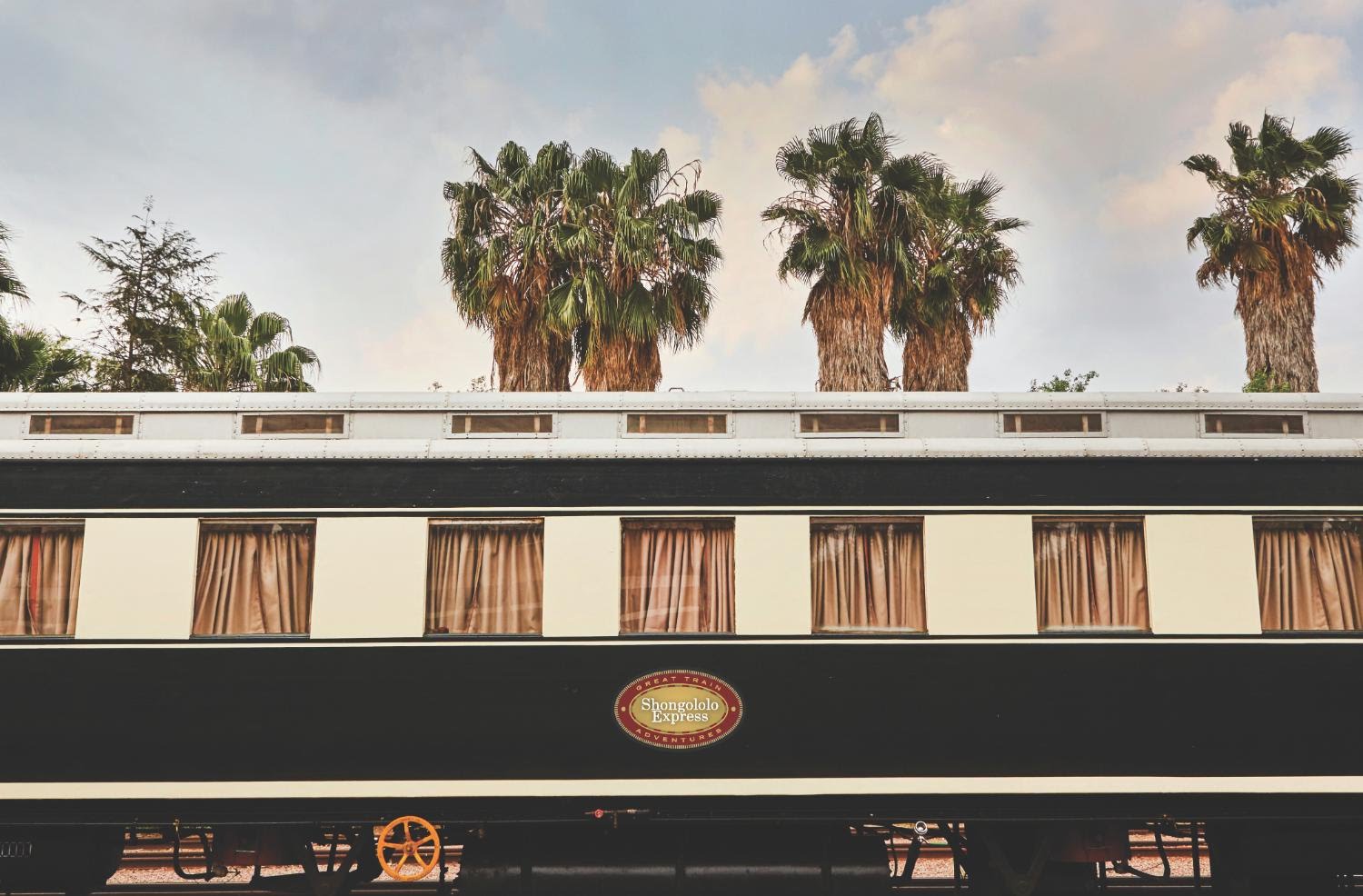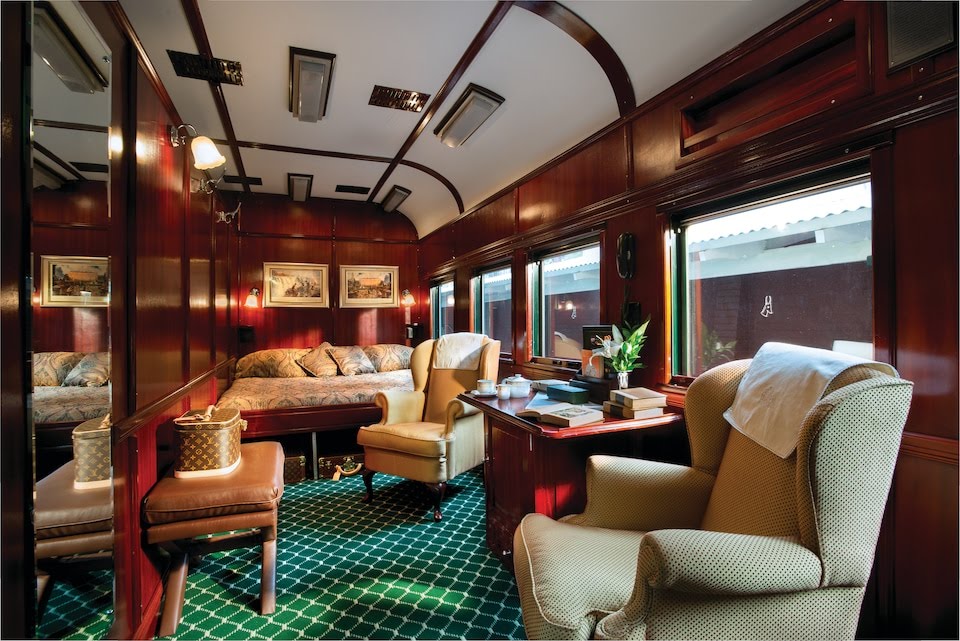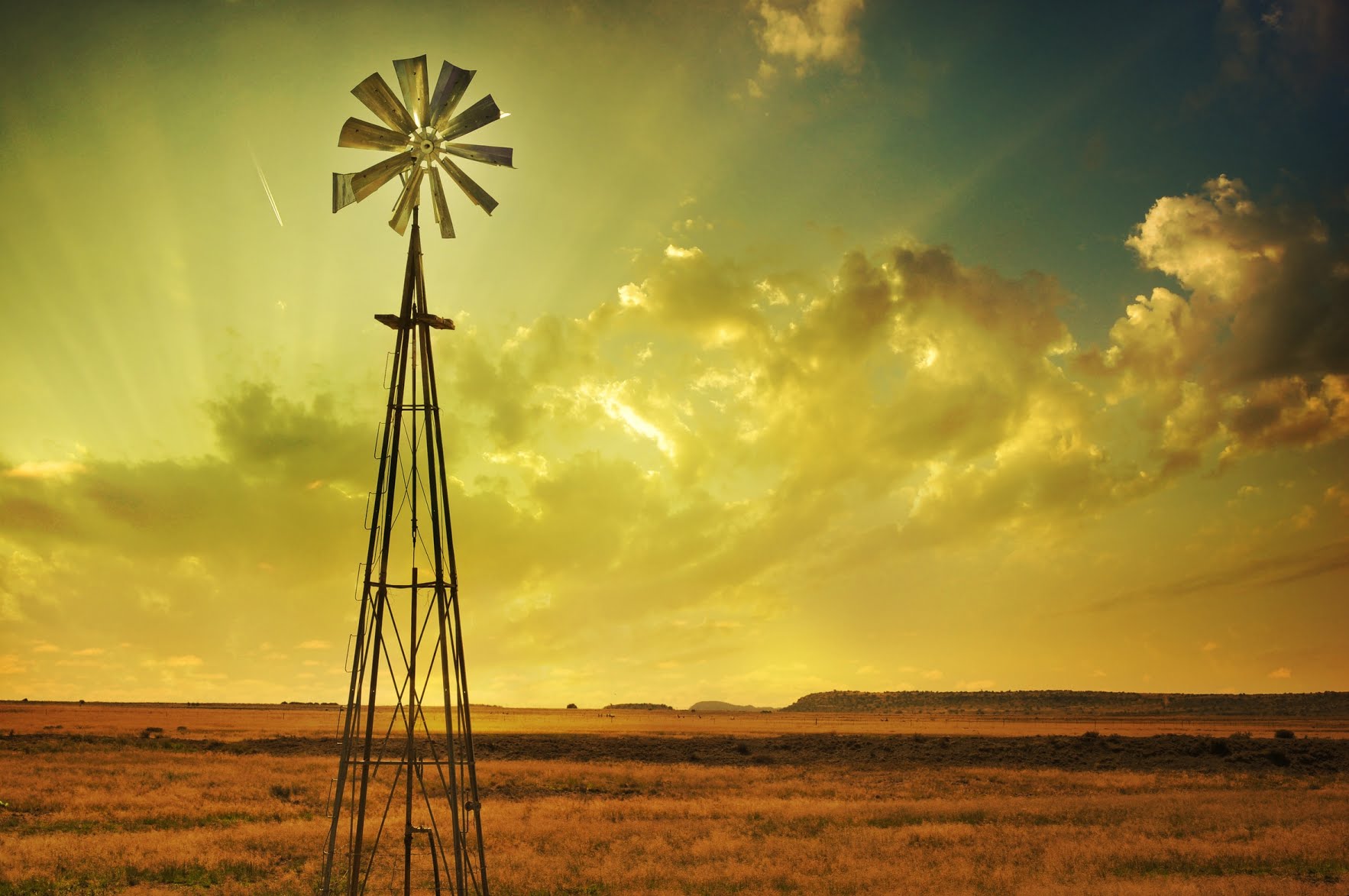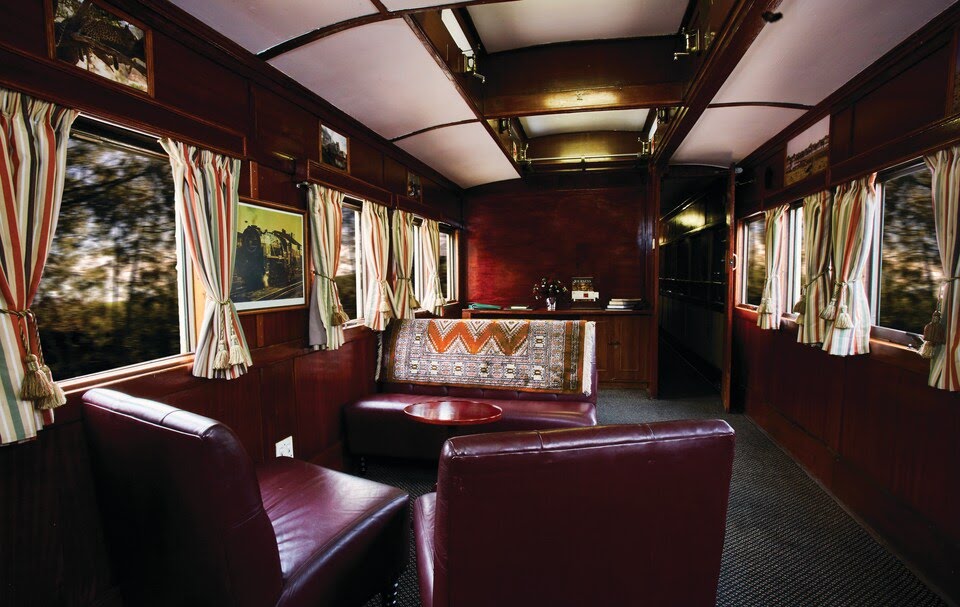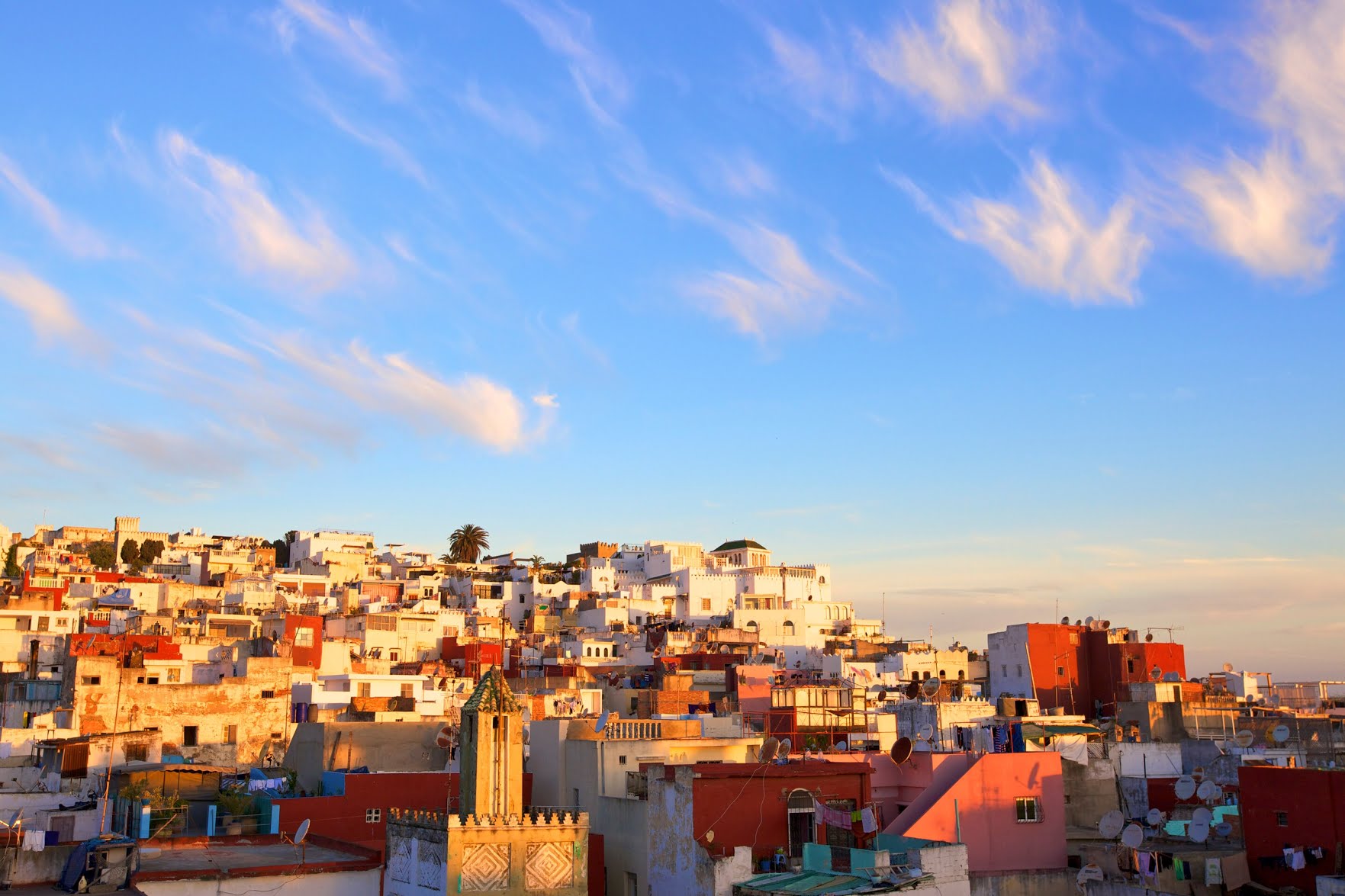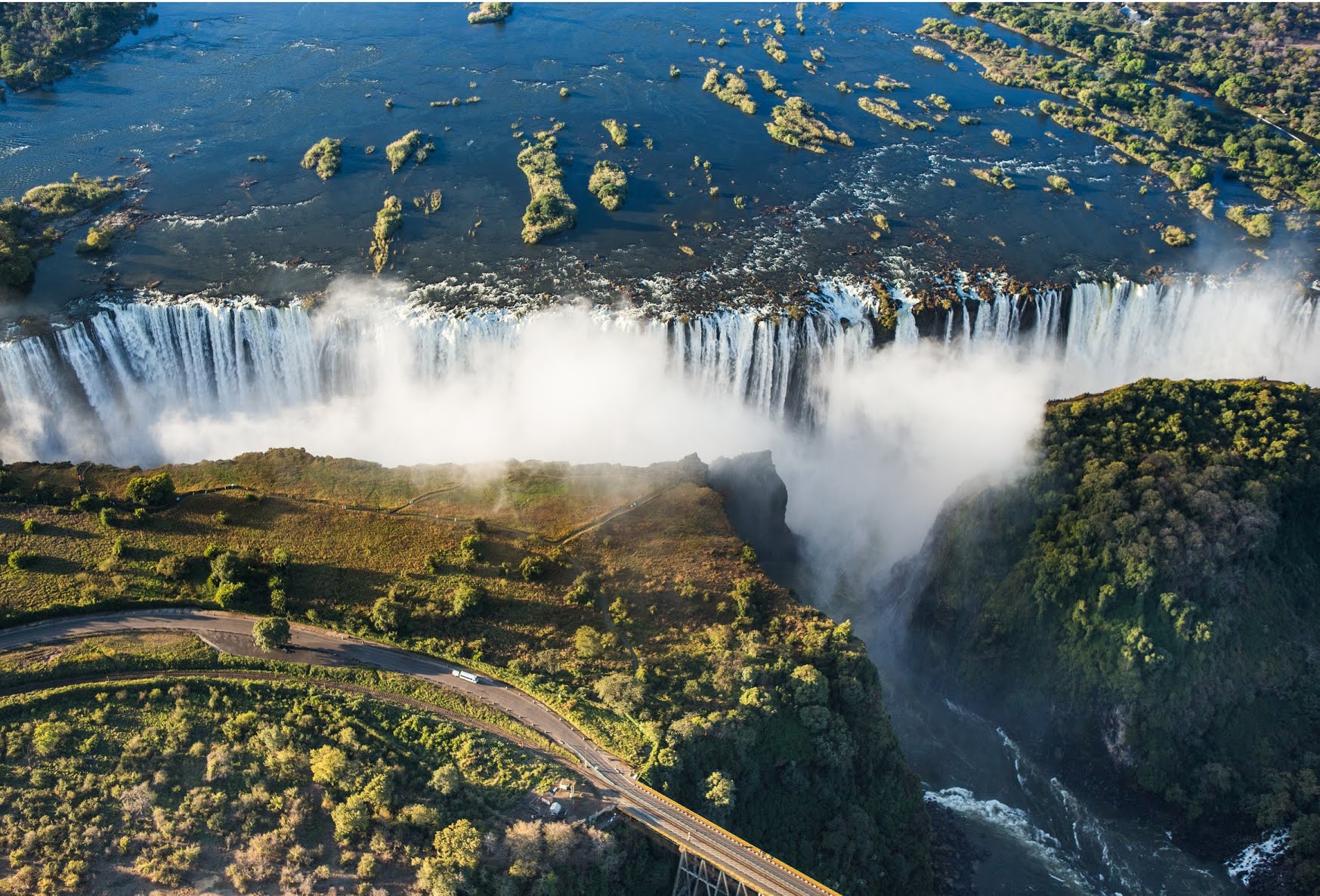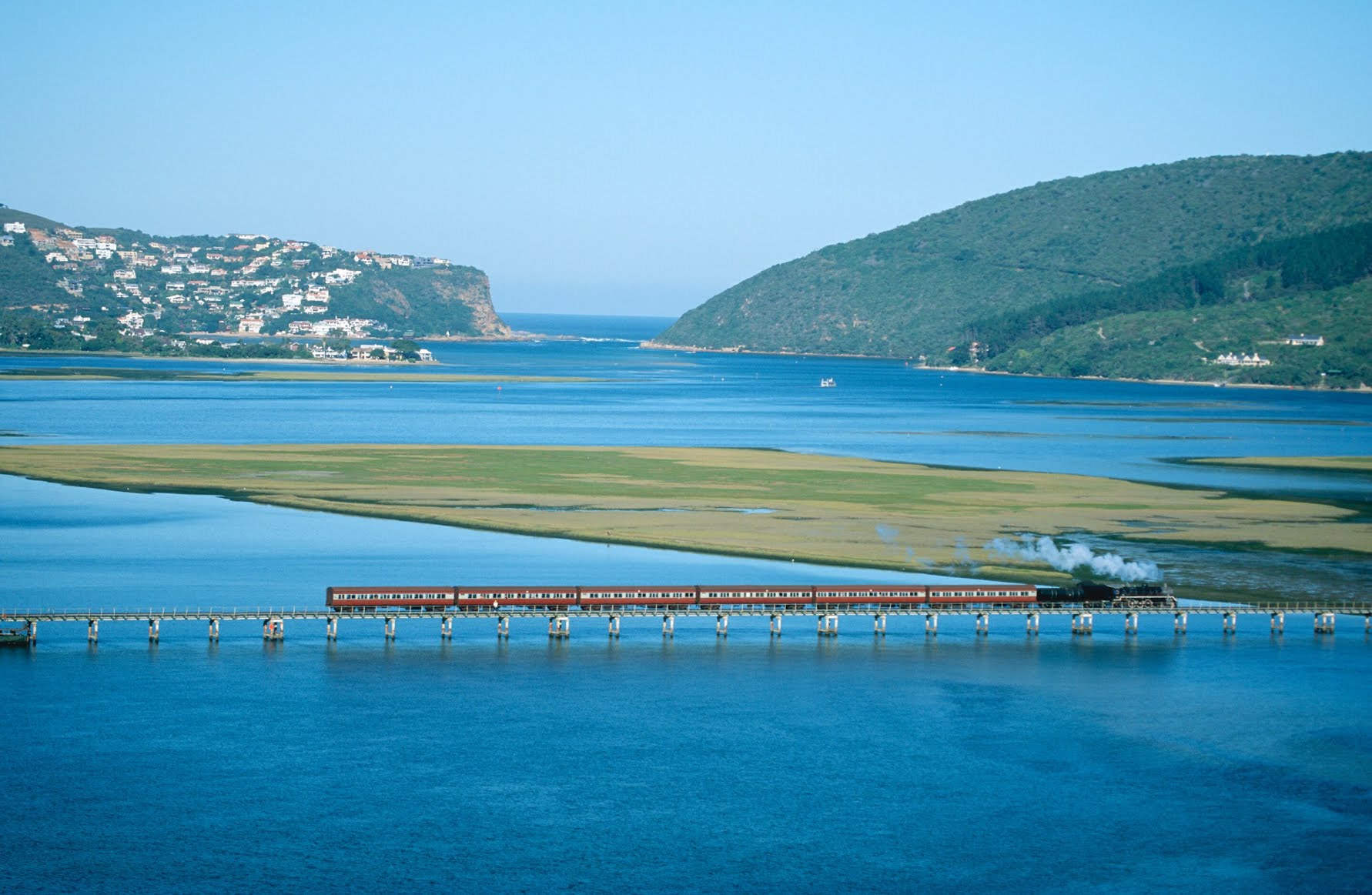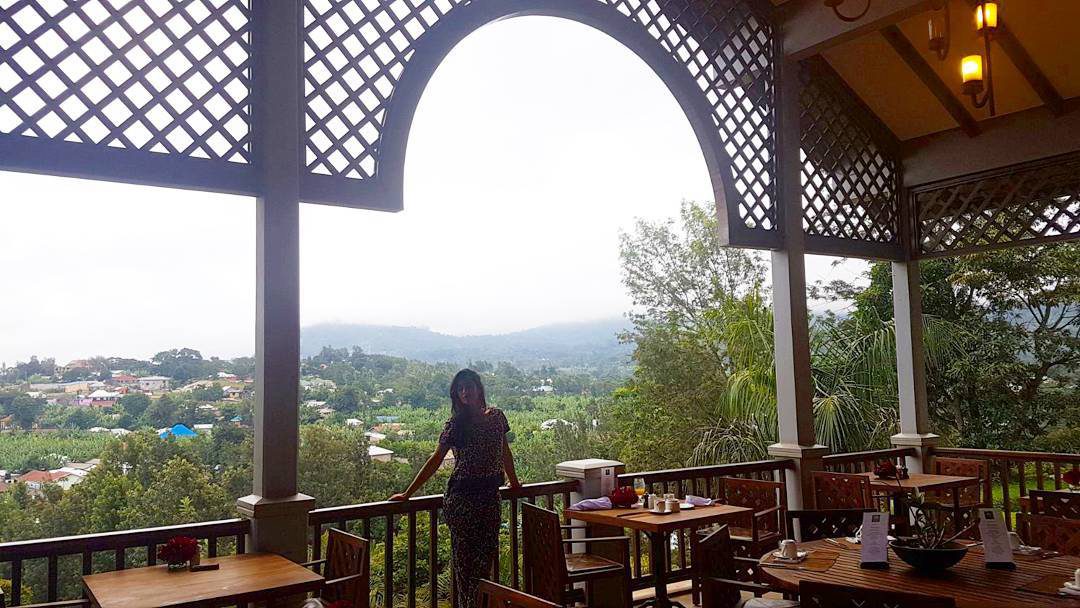Geza Ulole
JF-Expert Member
- Oct 31, 2009
- 59,220
- 79,513
- Thread starter
- #1,221
Wacha wivu wa kipunga Dawasco inahusiana vp na natural attractions?Dawasco


Wacha wivu wa kipunga Dawasco inahusiana vp na natural attractions?Dawasco


It is in your NatureWacha wivu wa kipunga Dawasco inahusiana vp na natural attractions?
Kiukweli Kenya wenyewe hawakuwa wakijitangaza till of recent. They have all along been free riding from historical connections with the UK. Unfortunately we never had that advantage, the British people didn't give us that priority.
Not true...in the 1980's wazazi wangu walikuwa wanaishi Uingereza wakati Dr. Leakey alikuwa waziri wa utalii Kenya.....tulikuwa tunaona matangazo yao Uingereza wakiitangaza Serengeti na Kilimanjaro as part of Kenya mpaka na balozi wa Tanzania akaambiwa hii kitu akaingilia ndani. Katika maonyesho ya utalii Paris mwaka 1987, banda la Kenya lilikuwa na pamphlets za tembelea Kenya ndani ya package kulikuwa na Serengeti na Mount Kilimanjaro as part of Kenya Tours, watanzania wakatoa habari kuwa Serengeti na Kilimanjaro si part of Kenya na ukitaka kufika Serengeti au Kilimanjaro huwezi kuziona mpaka uwe na visa ya Tanzania kwa sababu ziko Tanzania si Kenya, Wakenya wakaona haibu...wakatoa hayo matangazo.
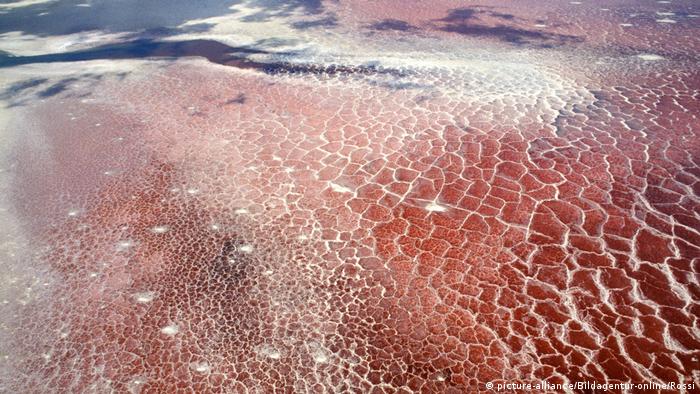
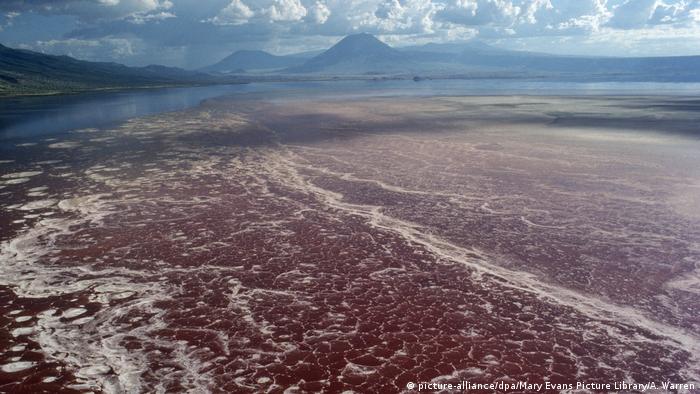
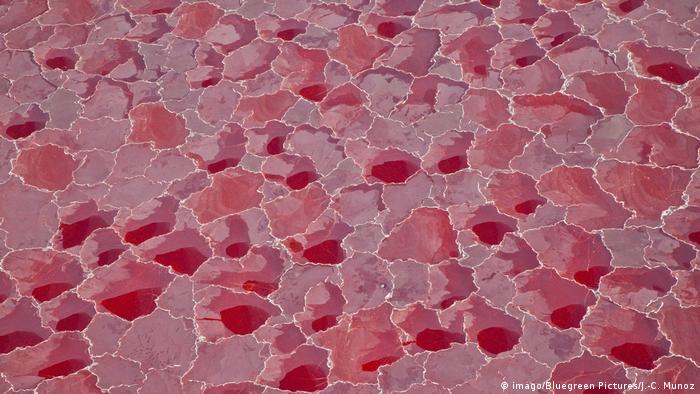
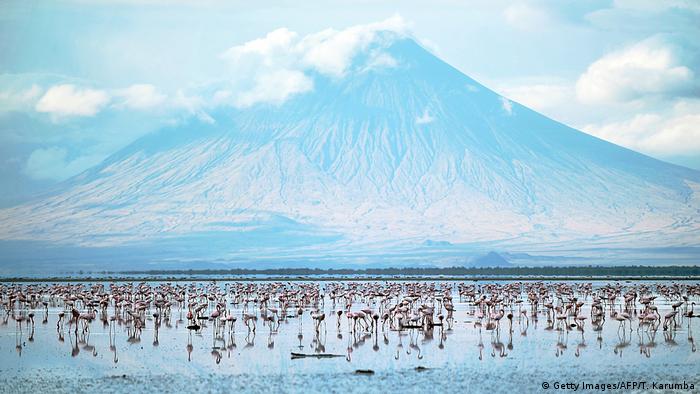
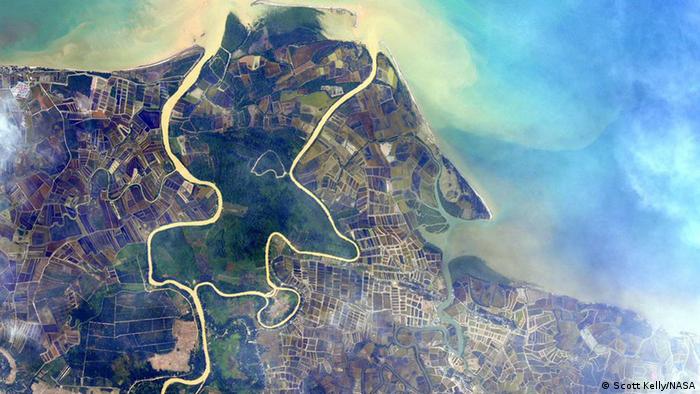











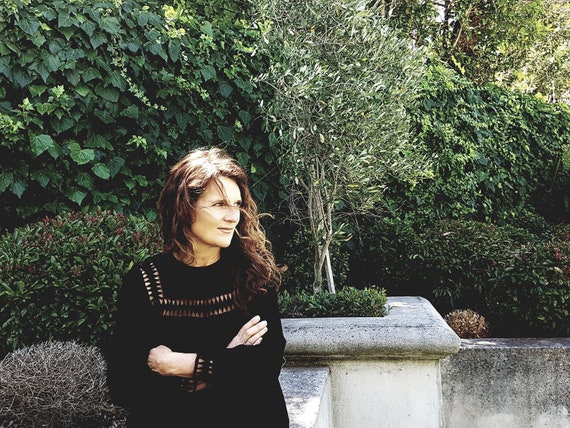
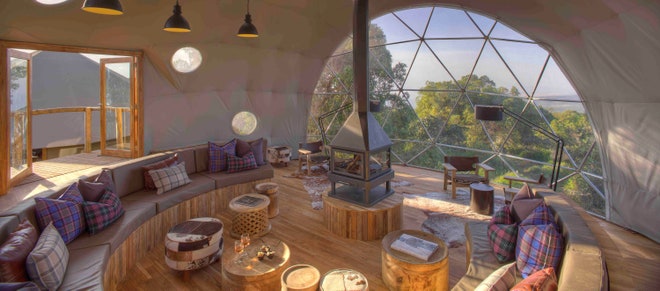
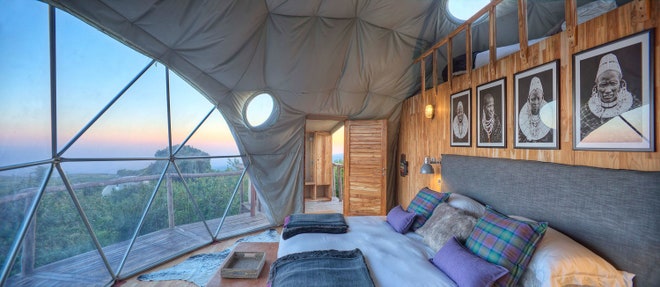
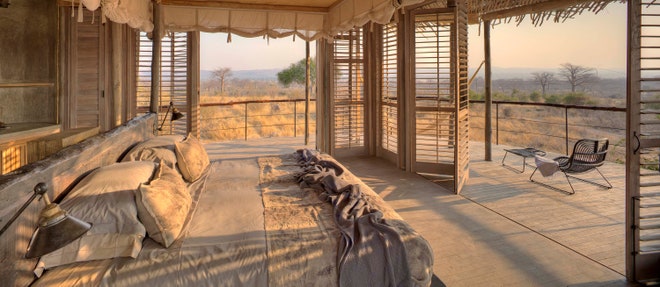
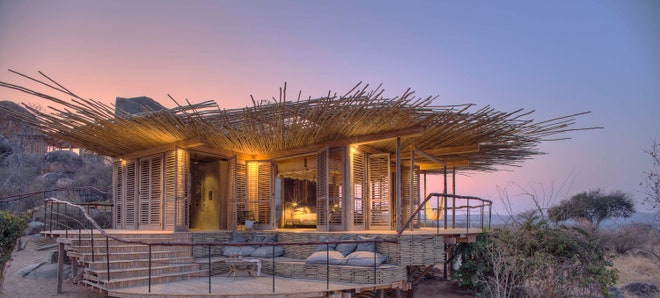
Unapajua hapa mkuu?Chemka hot spring, hii ipo kilometer 40 ukitokia Moshi mjini Kuelekea Arusha kwa njia ya Barabara. chemchem hii imechukua jina la kijiji iliyopo. Maji yake ni ya uvuguvugu na masafi sana, yametengeneza bwawa zuri lililo chini ya miti, bwawa hili lina kina cha mita saba (7)
Iwe wewe ni Mtanzania au Mtalii wa nje njoo hapa and you ll have the time of your life.
[HASHTAG]#FoundInTanzaniaNotKenya[/HASHTAG]
View attachment 328185

